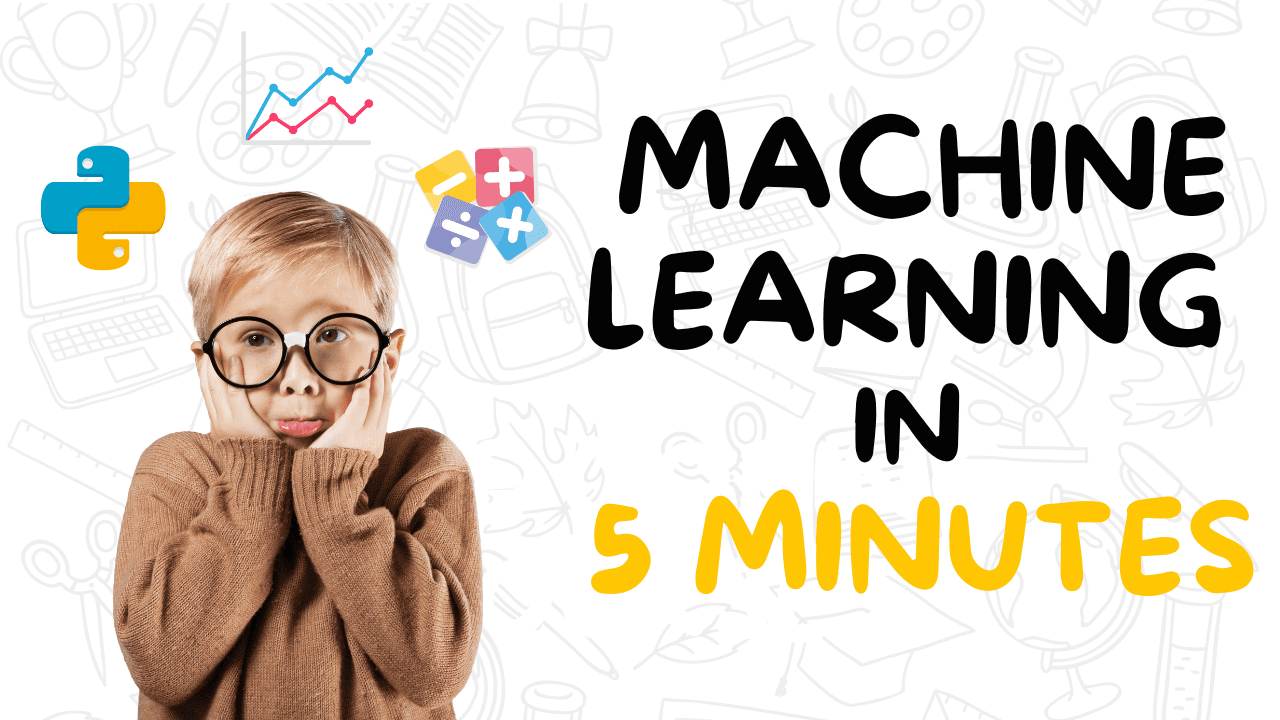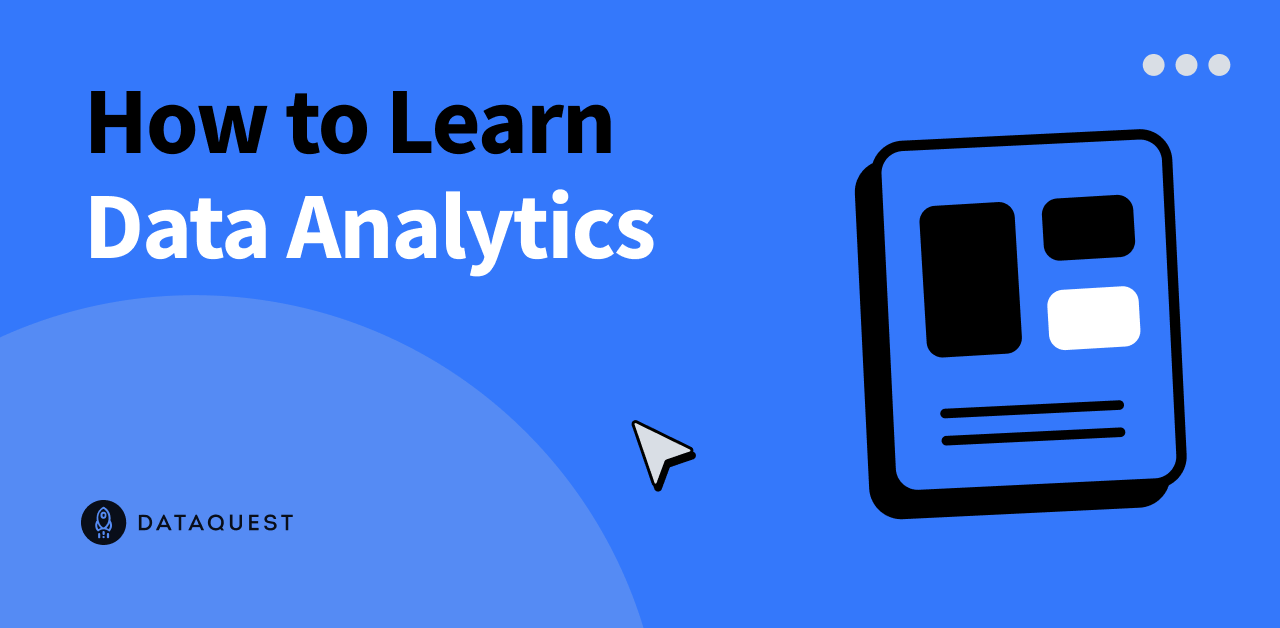In part 1 of this blog series, we discussed how a large language model (LLM) available on Amazon SageMaker JumpStart can be fine-tuned for the task of radiology report impression generation. Since then, Amazon Web Services (AWS) has introduced new services such as Amazon Bedrock. This is a fully managed service that offers a choice of high-performing foundation models (FMs) from leading artificial intelligence (AI) companies like AI21 Labs, Anthropic, Cohere, Meta, Stability AI, and Amazon through a single API. Amazon Bedrock also comes with a broad set of capabilities required to build generative AI applications with security, privacy, and responsible AI. It’s serverless, so you don’t have to manage any infrastructure. You can securely integrate and deploy generative AI capabilities into your applications using the AWS services you are already familiar with. In this part of the blog series, we review techniques of prompt engineering and Retrieval Augmented Generation (RAG) that can be employed to accomplish the task of clinical report summarization by using Amazon Bedrock.
When summarizing healthcare texts, pre-trained LLMs do not always achieve optimal performance. LLMs can handle complex tasks like math problems and commonsense reasoning, but they are not inherently capable of performing domain-specific complex tasks. They require guidance and optimization to extend their capabilities and broaden the range of domain-specific tasks they can perform effectively. It can be achieved through the use of proper guided prompts. Prompt engineering helps to effectively design and improve prompts to get better results on different tasks with LLMs. There are many prompt engineering techniques. In this post, we provide a comparison of results obtained by two such techniques: zero-shot and few-shot prompting. We also explore the utility of the RAG prompt engineering technique as it applies to the task of summarization.
Evaluating LLMs is an undervalued part of the machine learning (ML) pipeline. It is time-consuming but, at the same time, critical. We benchmark the results with a metric used for evaluating summarization tasks in the field of natural language processing (NLP) called Recall-Oriented Understudy for Gisting Evaluation (ROUGE). These metrics will assess how well a machine-generated summary compares to one or more reference summaries.
Solution overview
In this post, we start with exploring a few of the prompt engineering techniques that will help assess the capabilities and limitations of LLMs for healthcare-specific summarization tasks. For more complex, clinical knowledge-intensive tasks, it’s possible to build a language model–based system that accesses external knowledge sources to complete the tasks. This enables more factual consistency, improves the reliability of the generated responses, and helps to mitigate the propensity that LLMs have to be confidently wrong, called hallucination.
Pre-trained language models
In this post, we experimented with Anthropic’s Claude 3 Sonnet model, which is available on Amazon Bedrock. This model is used for the clinical summarization tasks where we evaluate the few-shot and zero-shot prompting techniques. This post then seeks to assess whether prompt engineering is more performant for clinical NLP tasks compared to the RAG pattern and fine-tuning.
Dataset
The MIMIC Chest X-ray (MIMIC-CXR) Database v2.0.0 is a large publicly available dataset of chest radiographs in DICOM format with free-text radiology reports. We used the MIMIC CXR dataset, which can be accessed through a data use agreement. This requires user registration and the completion of a credentialing process. During routine clinical care clinicians trained in interpreting imaging studies (radiologists) will summarize their findings for a particular study in a free-text note. Radiology reports for the images were identified and extracted from the hospital’s electronic health records (EHR) system. The reports were de-identified using a rule-based approach to remove any protected health information. Because we used only the radiology report text data, we downloaded just one compressed report file (mimic-cxr-reports.zip) from the MIMIC-CXR website. For evaluation, the 2,000 reports (referred to as the ‘dev1’ dataset) from a subset of this dataset and the 2,000 radiology reports (referred to as ‘dev2’) from the chest X-ray collection from the Indiana University hospital network were used.
Techniques and experimentation
Prompt design is the technique of creating the most effective prompt for an LLM with a clear objective. Crafting a successful prompt requires a deeper understanding of the context, it’s the subtle art of asking the right questions to elicit the desired answers. Different LLMs may interpret the same prompt differently, and some may have specific keywords with particular meanings. Also, depending on the task, domain-specific knowledge is crucial in prompt creation. Finding the perfect prompt often involves a trial-and-error process.
Prompt structure
Prompts can specify the desired output format, provide prior knowledge, or guide the LLM through a complex task. A prompt has three main types of content: input, context, and examples. The first of these specifies the information for which the model needs to generate a response. Inputs can take various forms, such as questions, tasks, or entities. The latter two are optional parts of a prompt. Context is providing relevant background to ensure the model understands the task or query, such as the schema of a database in the example of natural language querying. Examples can be something like adding an excerpt of a JSON file in the prompt to coerce the LLM to output the response in that specific format. Combined, these components of a prompt customize the response format and behavior of the model.
Prompt templates are predefined recipes for generating prompts for language models. Different templates can be used to express the same concept. Hence, it is essential to carefully design the templates to maximize the capability of a language model. A prompt task is defined by prompt engineering. Once the prompt template is defined, the model generates multiple tokens that can fill a prompt template. For instance, “Generate radiology report impressions based on the following findings and output it within <impression> tags.” In this case, a model can fill the <impression> with tokens.
Zero-shot prompting
Zero-shot prompting means providing a prompt to a LLM without any (zero) examples. With a single prompt and no examples, the model should still generate the desired result. This technique makes LLMs useful for many tasks. We have applied zero-shot technique to generate impressions from the findings section of a radiology report. In clinical use cases, numerous medical concepts need to be extracted from clinical notes. Meanwhile, very few annotated datasets are available. It’s important to experiment with different prompt templates to get better results. An example zero-shot prompt used in this work is shown in Figure 1.
Figure 1 – Zero-shot prompting
Few-shot prompting
The few-shot prompting technique is used to increase performance compared to the zero-shot technique. Large, pre-trained models have demonstrated remarkable capabilities in solving an abundance of tasks by being provided only a few examples as context. This is known as in-context learning, through which a model learns a task from a few provided examples, specifically during prompting and without tuning the model parameters. In the healthcare domain, this bears great potential to vastly expand the capabilities of existing AI models.
Figure 2 – Few-shot prompting
Few-shot prompting uses a small set of input-output examples to train the model for specific tasks. The benefit of this technique is that it doesn’t require large amounts of labeled data (examples) and performs reasonably well by providing guidance to large language models.
In this work, five examples of findings and impressions were provided to the model for few-shot learning as shown in Figure 2.
Retrieval Augmented Generation pattern
The RAG pattern builds on prompt engineering. Instead of a user providing relevant data, an application intercepts the user’s input. The application searches across a data repository to retrieve content relevant to the question or input. The application feeds this relevant data to the LLM to generate the content. A modern healthcare data strategy enables the curation and indexing of enterprise data. The data can then be searched and used as context for prompts or questions, assisting an LLM in generating responses.
To implement our RAG system, we utilized a dataset of 95,000 radiology report findings-impressions pairs as the knowledge source. This dataset was uploaded to Amazon Simple Service (Amazon S3) data source and then ingested using Knowledge Bases for Amazon Bedrock. We used the Amazon Titan Text Embeddings model on Amazon Bedrock to generate vector embeddings. Embeddings are numerical representations of real-world objects that ML systems use to understand complex knowledge domains like humans do. The output…
Source link






















